I am trying to install my application extension on my iPhone device, but I am getting the following error:
This application or a bundle it contains has the same bundle identifier as
this application or another bundle that it contains. Bundle identifiers must be unique.
The app container have the bundle id: com.companyName.AppName and the bundle identifier for the app extension is com.companyName.AppName.WidgetApp.
I have tried to sign the extension with the same provisioning, also I have installed a different AppID from the apple developer site and new provisioning profiles for the App Extension and Also tried to set the signing for the extension Widget to Automatic but still the same error and the app cannot be launched on the device.
What should i do in order to install my application extension to the device?
Here are screenshots of my General Tab for both my app and the Extension:
App:

Extension:

Thank you.